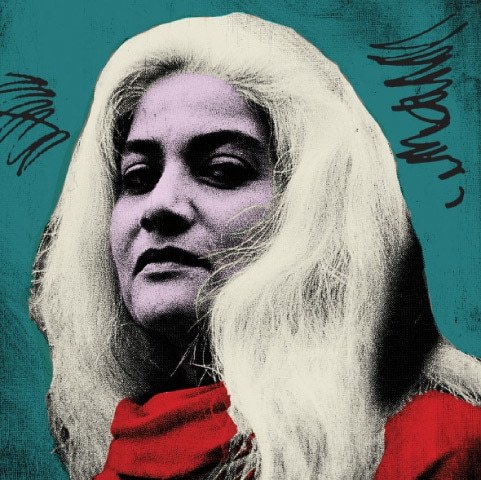
“Aurat ke sirf teen roop hotay hain — maan, biwi aur tawaif” [a woman has only three identities — mother, wife and prostitute]. Having had the privilege of an upbringing not defined by gender, we were amused when we heard this dialogue in a Pakistani film of the ’70s — until we realised many endorsed this view. Today, while the strong word prostitute is not used, women are often reduced to a simplistic dichotomy of haya and bey-hayai (modesty and shamelessness). Once centred on the female body, modesty or shamelessness now expand to incorporate the female voice — modestly silent or shamelessly speaking out.
Human society is commonly divided into men, women and children, of which the role of women has been subjected to the greatest vagaries over time. The visual representation of women over the years and in diverse cultures makes for a complex narrative.
A predominance of female figurines found in ancient civilisations, assumed to be mother goddesses, suggest a prominent role for women. They were depicted as symbols of fertility rather than sexuality. The first anatomically detailed female (and male) forms are seen in Greek art. However, these reflect the Greek belief in humans as descendants of gods, whose physical perfection and ‘arête’ (excellence of any kind or moral virtue) ensured cosmic balance. In medieval European art, the style of clothing rather than anatomy identified figures as women. Etruscan and Egyptian statuary depicted women in an abstract or rigid form.
A predominance of female figurines found in ancient civilisations, assumed to be mother goddesses, suggest a prominent role for women.
While anatomical accuracy returned in the European Renaissance, it was not until Titian’s ‘The Venus of Urbino’ (1538), made for the Cardinal Ippolito de’ Medici, that the female body was presented as an object of desire. Since then, there has been no turning back in Western art. As art historian Lynda Nead writes, “Anyone who examines the history of Western art must be struck by the prevalence of images of the female body.” Depiction of women in the traditional art of China, Japan, Africa, Persia and Mughal India focused on their spiritual, political or emotional power, or the lyricism of lines. However, as Western culture permeated into all modernising nations, the image of women as sensual objects of desire also crossed into cinema, advertising, glamour photography and fashion, somewhat modified by the value systems of each nation. This is not to say that women have not been vulnerable throughout history and across cultures to the lust of men, which seems to be an unfortunate reality.
‘The Venus of Urbino’ was also the first well-known work in which the woman looks directly at the viewer, inspiring Edouard Manet’s ‘Olympia’ (1863), even more shocking not for her nudity but because she wore shoes, jewellery and a flower in her hair, placing her not in mythology but in contemporary society of the time. She stares at us staring at her, reflecting her confidence and challenging the male gaze. Conversely, the averted gaze of a woman allows her to be looked at without crossing the boundaries of ‘decency’. Interestingly, in post-Khomeini Iranian cinema, women were allowed to act on the condition they did not look into the camera.
There is so much more to women than their appearance. In many tribal societies such as the African Ashanti and Native American Hopi, women once occupied a prominent position in the community. Jackie Huggins, Australian Aboriginal author writes, “Women leaders are respected holders of knowledge who truly have the interests of our community at heart.” We have as examples the fire of Bi Amma, the compassion of Mother Teresa, the tactical skills of the ASP Suhai Aziz Talpur, the physical strength of mountaineer Samina Baig and the sharp mind of young computer scientist Arfa Karim.
What women are fighting for all over the world is to have their three-dimensionality acknowledged.
Durriya Kazi is a Karachi-based artist and heads the department of visual studies at the University of Karachi
Email: durriyakazi1918@gmail.com
Published in Dawn, EOS, March 15th, 2020
















































